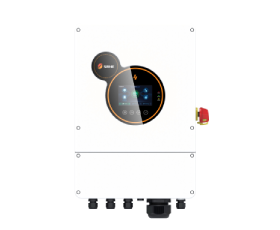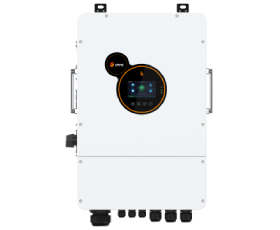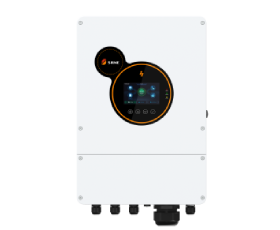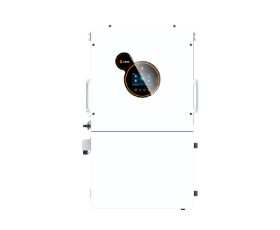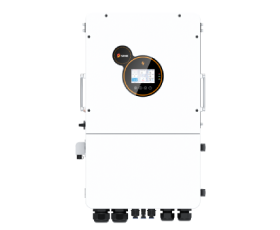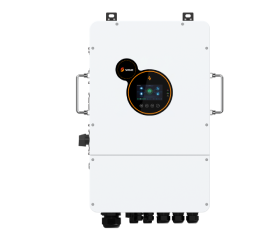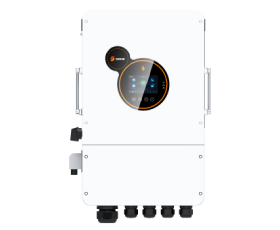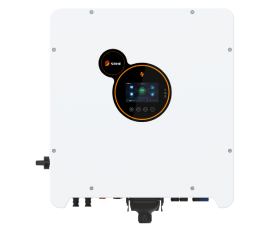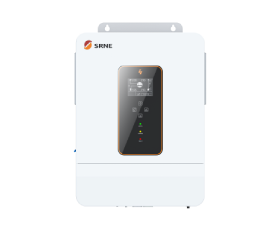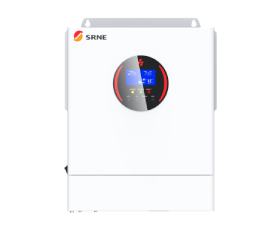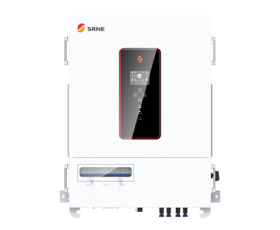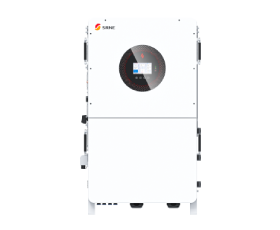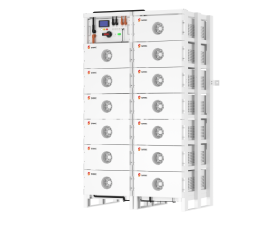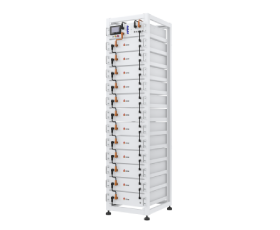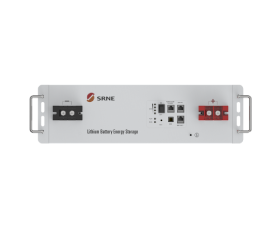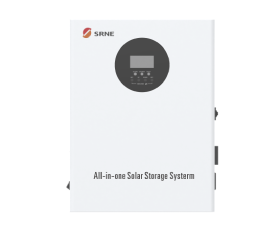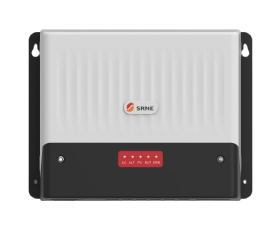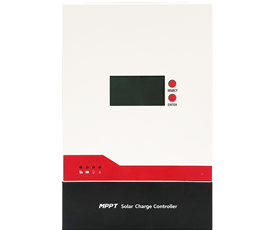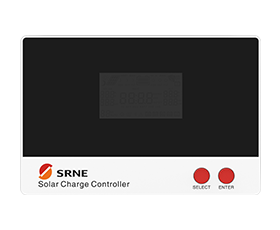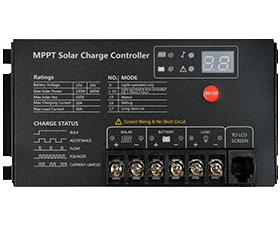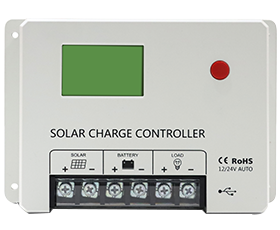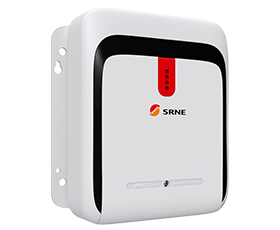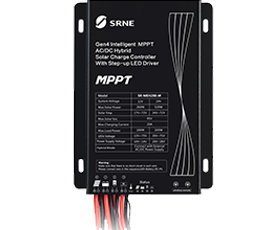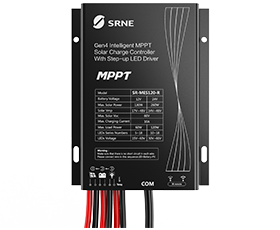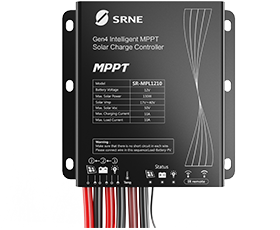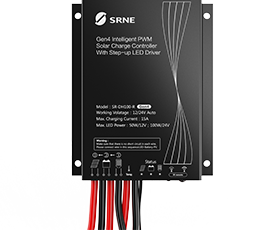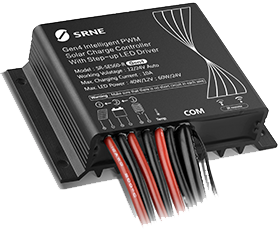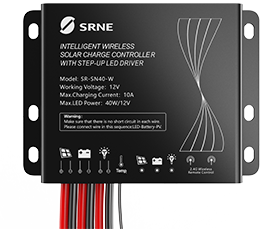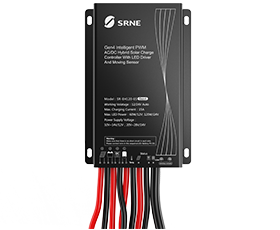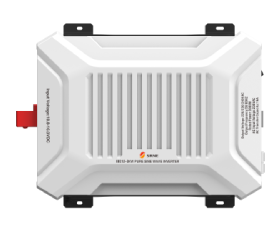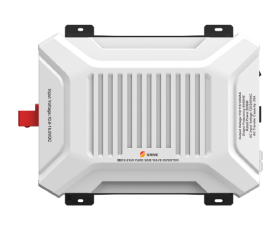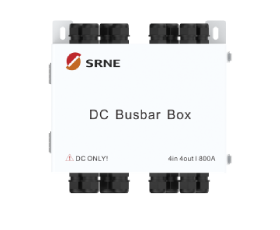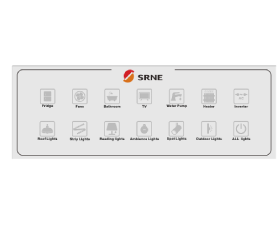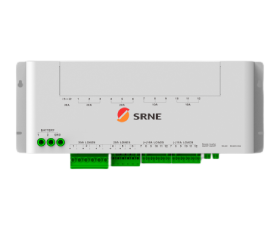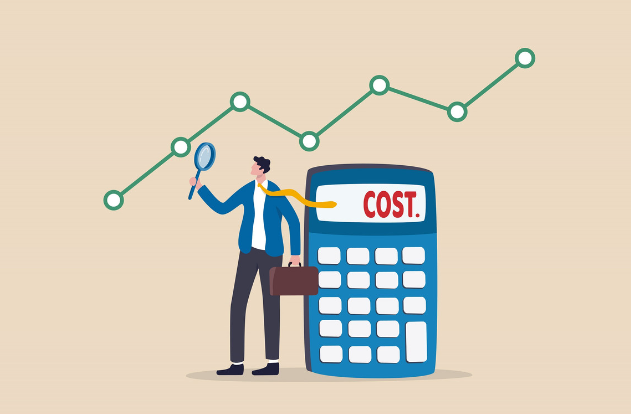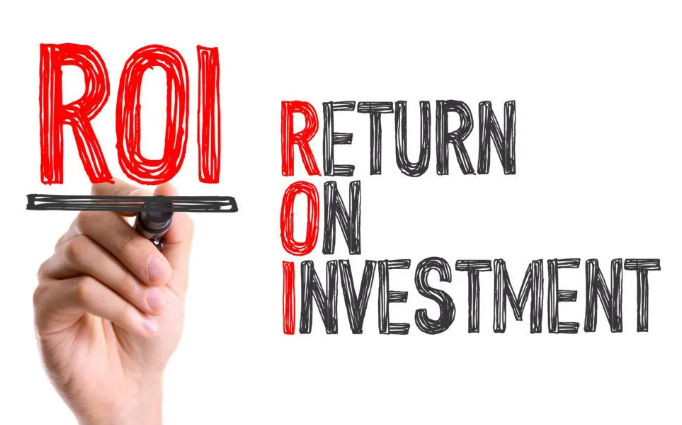Cost-Benefit Analysis of Investing in a Home Power Inverter System
In today’s energy-conscious world, many homeowners are looking for ways to reduce their electricity bills and ensure a stable power supply. A home power inverter system is one such solution that can help meet these goals. This article analyzes the costs and benefits of investing in a home power inverter system, covering aspects such as initial investment, maintenance costs, potential savings, and return on investment (ROI) over time.
Initial Investment in Home Power Inverter Systems
The upfront cost of installing a home power inverter system can vary significantly depending on factors like the system size, battery capacity, and whether it is integrated with solar panels. On average, a complete home power inverter system costs between $3,000 to $10,000. This price typically includes the inverter, batteries, installation labor, and any additional hardware required. Larger systems, capable of handling higher power loads or off-grid setups, will naturally fall on the higher end of the cost spectrum.
While the initial investment can be substantial, many government incentives and tax credits can significantly reduce these upfront costs. For example, the federal solar tax credit in the United States offers deductions of up to 30% for integrated solar power inverter systems, helping to make the transition more affordable. For more information, you can explore our solar storage inverters to see how SRNE products can meet your energy needs.
Maintenance Costs of a Home Power Inverter System
Once installed, maintaining a home power inverter system is generally straightforward and cost-effective. The inverter itself has few moving parts and requires minimal maintenance—typically, an annual inspection will suffice. However, the system's batteries, especially lead-acid types, may require some regular upkeep, such as checking electrolyte levels.
Battery replacement is another cost to consider in your analysis. Lithium-ion batteries, which are common in newer systems, tend to last between 10-15 years but are more expensive to replace. Lead-acid batteries, on the other hand, have a shorter lifespan of around 5-7 years but are cheaper upfront. These maintenance costs can be managed more effectively if regular care is provided, extending the life of the system.
Potential Savings and Energy Efficiency
One of the most attractive aspects of investing in a home power inverter system is the potential savings on electricity bills. By storing energy during off-peak hours or harnessing solar energy, homeowners can significantly reduce reliance on grid electricity. This can lead to considerable savings, particularly for those in regions with high energy costs.
Moreover, during power outages, an inverter system can provide uninterrupted power, eliminating the need for expensive backup generators. In the long run, these savings can add up, especially when factoring in the reduction in wear and tear on other household appliances that comes with more consistent power supply and fewer voltage fluctuations.
Return on Investment Over Time
When considering the ROI of a home power inverter system, it is crucial to evaluate both tangible and intangible benefits. Tangible benefits include the reduction in energy costs, which can lead to a full return on your investment within 5-10 years, depending on local electricity rates and the extent to which you use renewable energy sources like solar panels.
Intangible benefits include increased energy independence, peace of mind during blackouts, and contributing to a greener environment by reducing reliance on fossil fuels. For homeowners who opt for a solar-integrated inverter system, ROI tends to be higher due to the dual benefits of energy production and storage, leading to faster payback periods.
Is a Home Power Inverter System Worth the Investment?
Ultimately, the decision to invest in a home power inverter system hinges on individual circumstances, such as local electricity rates, energy usage patterns, and personal preferences regarding energy independence. While the initial investment may seem substantial, the long-term savings, along with government incentives, often make it a worthwhile endeavor.
For those seeking financial savings, reduced environmental impact, and a reliable energy source during outages, the benefits of investing in a home power inverter system often outweigh the costs. With energy prices rising globally, now may be the perfect time to make the shift towards a more sustainable and cost-effective energy solution.
Conclusion
A home power inverter system is not just an investment in energy efficiency but also in energy security and sustainability. While the initial costs can be high, the potential for long-term savings, coupled with low maintenance costs and a decent return on investment, makes it a compelling choice for many homeowners. Before making a decision, it's essential to conduct a detailed cost-benefit analysis that considers your unique needs and local energy landscape.
Green Ideas from SRNE
At SRNE, we believe in creating a greener future by providing sustainable energy solutions. Our home power inverter systems are designed not only to save you money but also to reduce your carbon footprint. By integrating renewable energy sources like solar power, you can contribute to a cleaner environment and decrease reliance on fossil fuels.
We are committed to innovation that drives positive environmental impact. Our products are crafted with energy efficiency and sustainability in mind, helping you make eco-friendly choices for your home. Join us in our mission to make clean energy accessible to everyone and take a step towards a more sustainable future.
Together, we can make a difference. Invest in a home power inverter system today and partner with SRNE in our journey towards a greener, cleaner world.





















